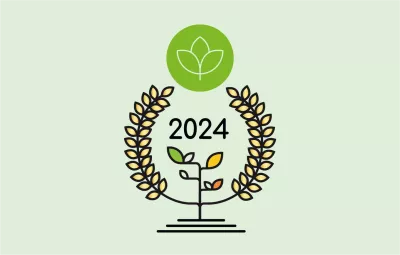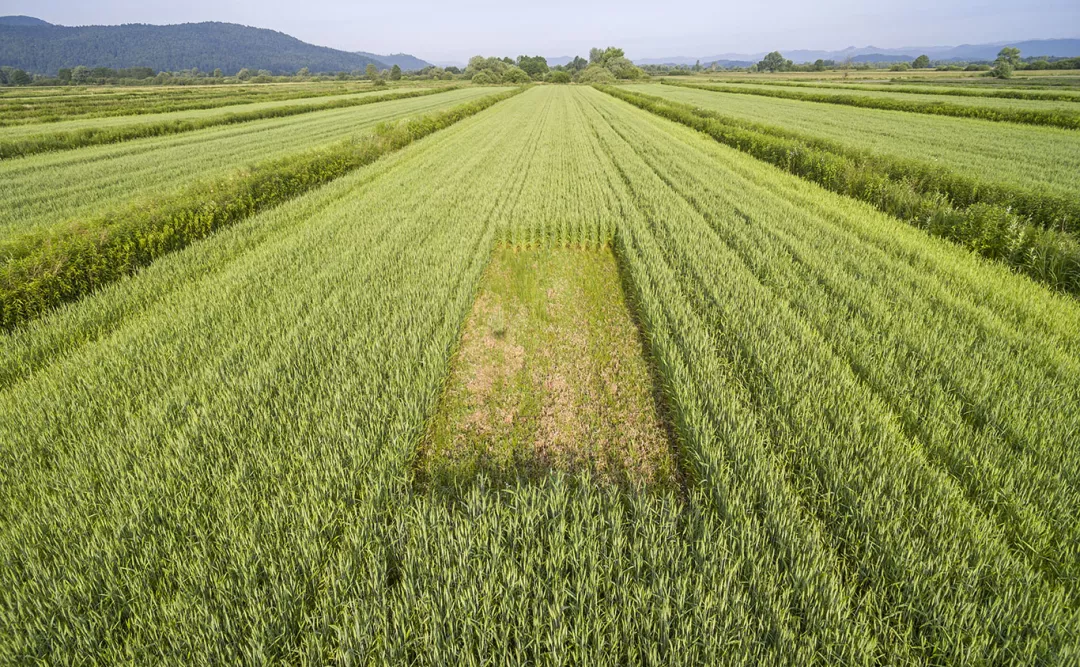General information
RDP Priority
- P4. Ecosystems management
RDP Focus Area
- 4A: Biodiversity restoration, preservation & enhancement
RDP Measure
- M16: Cooperation
Beneficiary type
- Non-profit organisation
Summary
New conservation measures were designed for three species of birds, which nest mainly on arable fields, as well as steps to protect pollinators and for the restoration of two grassland habitat types. Some measures were tested in the field, others were results-based. Landscape elements that were previously lacking in the farmland, such as hedgerows, were established. A feasibility study of transferring tested measures into practice was performed. Τhe results of the project were disseminated through print and electronic media, as well as the final expert conference. A network of 'lapwing volunteers' was formed, and a training course for farmers was held.
The project addressed both immediate and extended target groups. The former were those directly relevant to the success and sustainability of the project, namely farmers and agricultural advisers in the area, professional ornithologists and volunteers who are trained or wish to be trained, and agricultural, biological and environmental sciences experts and students.
The extended target group covered a wider range at national level and was particularly relevant in the dissemination of project results. These included farms elsewhere in Slovenia in areas with a high proportion of arable land, other agricultural advisors and experts, journalists and the general public.
Results
- Conserving/improving habitat types: establishment of 5 000 m2 of nature reserves.
- Biodiversity conservation: pilot test of three result-oriented and spatially targeted conservation measures for lapwings, skylarks and woodlarks on seven farm holdings; pilot test of measures for creating selected landscape features, edge habitats and fallow land on five hectares at five farm holdings.
- Improved quality of surface and groundwater in the pilot area: 2 300 m2 of flower strips and 4.53 hectares of fallow land where no plant protection products or fertilisers were used.
- Improved production potential: 4 600 m2 of clover grass strips, where clover will fix atmospheric nitrogen and fertilise soil in natural way.
- Adaptation to climate change: planting 640 metres of hedgerows in two nature reserves (protection against wind/water erosion, droughts); 2 300 m2 of flower strips (water erosion, reduced evaporation during droughts).
- Dissemination of knowledge on biodiversity.

Promoter
E-ZAVOD (Zavod za projektno svetovanje, raziskovanje in razvoj celovitih rešitev)
Funding
Total budget: 248 785 (EUR)
EAFRD: 187 491 (EUR)
National/Regional: 46 873 (EUR)
Private/Own funds: 14 421 (EUR)
Resources
Documents
Context

Birds, pollinators and grassland habitat types in Slovenian farmland have an unfavourable conservation status. As such, suitable agricultural practices are crucial for the restoration of their populations and for the protection of the country’s biodiversity. Within the project, various agricultural practices were designed and tested on grasslands and arable fields to promote biodiversity. New habitats for target species and grassland habitat types were established, and adjusted management was performed on arable fields.
Based on the results of the project, two new eco-schemes (for the skylark and lapwing bird species) were included in the Slovenian CAP Strategic Plan. After the first year of implementation, the project team was actively involved in analysing the results and communicating the measures before the start of the new breeding season. According to data from the Slovenian Ministry of Agriculture, the new field measure for the skylark was implemented on 1 041 hectares and 54 lapwing nests were protected.
Objectives
The measures to be carried out by the project were targeted at having positive impacts more widely. They involved the design and piloting of new result-oriented measures for the conservation of three declining farmland bird species (i.e. the lapwing, skylark and woodlark) and other supporting measures. They also aimed to reduce, mitigate or adapt to climate change in agriculture, enabling the long-term or even permanent greening of agricultural areas, increasing CO2 fixation, reducing water erosion and wind speeds (and thus wind erosion) and lessening the negative impacts of high temperatures during droughts.
Another goal was the transfer of knowledge into practice, the dissemination of project results by demonstration farms and various knowledge transfer methods for farmers, agricultural advisors, and other professionals and students.
Activities
One of the first tasks was the identification of the distribution area of selected farmland bird species (lapwing and skylark) in the Ljubljana marshes and the Dravsko-Ptujsko-Središko area by field mapping. The report served as a basis for further implementation of species-adapted farming practices and also gauged the willingness of farmers in the project areas to participate in implementation.
The project developed 12 measures to protect biodiversity in the agricultural landscape: the planting of hedgerows, hunting perches for birds, unmown grassland strips, fallow land for birds, unsown plots for the skylark with solitary trees and shrubs, woodlark protection in Goričko, flower strips, production of green hay, renewal of the current agricultural measure for species-rich grassland conservation, avoidance of areas in fields with lapwing nests and delayed agricultural works on arable fields (again to protect the lapwing).

Testing measures were one of the most important tasks. The measure for skylark conservation was tested by establishing patches of bare ground (by leaving unsown plots of land). For woodlark conservation, the measure tested involved avoiding any agricultural work on the part of the land with the nest until a specific date. Finally, for the conservation of breeding pairs of lapwing, the measure tested was to protect their nests (avoiding any agricultural work on the part of the land with the nest until a specific date).
Fallow land was also tested after the summer/autumn harvest (leaving the field to develop naturally until the following summer) as this was seen as the only way to establish the species-rich and sufficiently height-diverse vegetation crucial for birds and pollinators in the agricultural landscape.
640 metres of hedgerows were planted in the Ormoške lagune and Iški morost nature reserves. Meanwhile, 4 600 m2 of clover-grass strips and 2 300 m2 of flower strips were established for farmland birds and pollinators in Dravsko-Ptujsko-Središko.
Testing was also carried out via the restoration of two Natura 2000 grassland types (6210 and 6510) by using green hay (i.e. freshly cut plant material with mature seeds).
Main results
The principal achievement was conserving and improving habitat types with the establishment of 5 000 m2 of nature reserves. This involved the conservation of the biodiversity of the area, with a pilot test of three result-oriented and spatially targeted conservation measures for lapwings, skylarks and woodlarks on seven farm holdings, another for measures for creating selected landscape features, edge habitats and fallow land on five hectares at five farm holdings.
The quality of the surface and ground water in the pilot area was improved, with the planting of 4 600 m2 of clover grass strips, 2 300 m2 of flower strips and 4.53 hectares of fallow land where no plant protection products or fertilisers were used. Production potential was also increased via the clover grass strips, which will fix atmospheric nitrogen and fertilise the soil in a natural way.
These changes will help the area adapt to climate change. The project planted 640 metres of hedgerows in two nature reserves to protect against wind, water erosion and drought, while the above-mentioned flower strips will also protect against water erosion and reduce evaporation during droughts.
The growing populations of birds also positively affect biological control as they feed on insects, including crop pests.
The project also generated societal benefits, most notably in terms of the dissemination of knowledge on biodiversity and the practical experiences of the project measures to 60 farm holdings, 43 experts and 20 students. 5 000 free copies of a handbook presenting the project's results were also distributed.
Key lessons
The 'Establishing patches of bare ground for the skylark' and 'Protection of lapwing nests' measures have been included in Slovenia's 2023-2027 CAP Strategic Plan. The CAP 'Testing nature conservation measures in protected areas' intervention will also include a measure for the protection of the woodlark and is expected to start at the end of 2024.
By establishing a link between researchers, agricultural advisors and farmers, the project has facilitated the exchange of knowledge, experience and results after its completion, allowing the mission of the demonstration farms to continue into the future. Most of the farms involved in the project will also continue to implement CAP measures after the end of the project.
Valerija Petrinec

